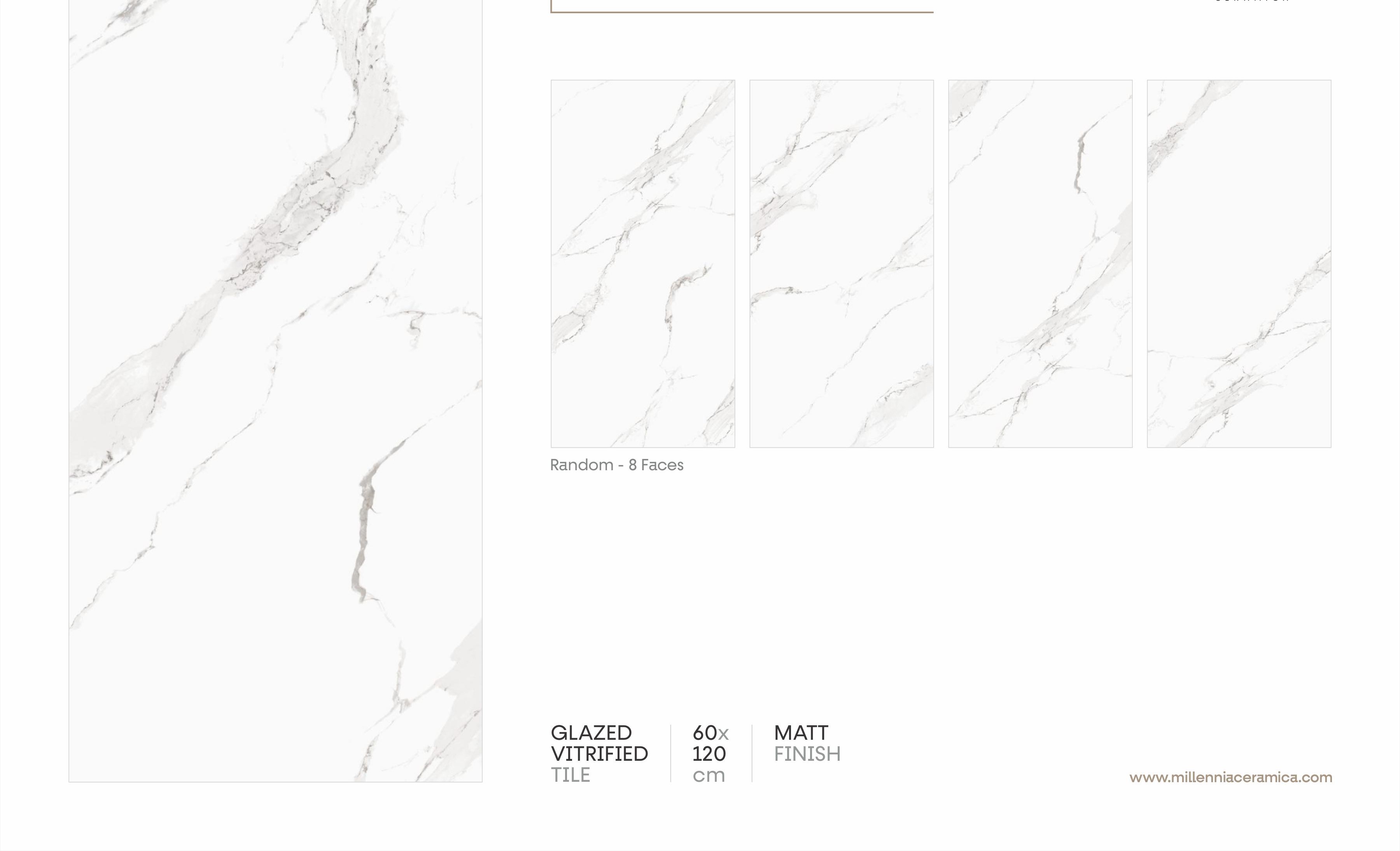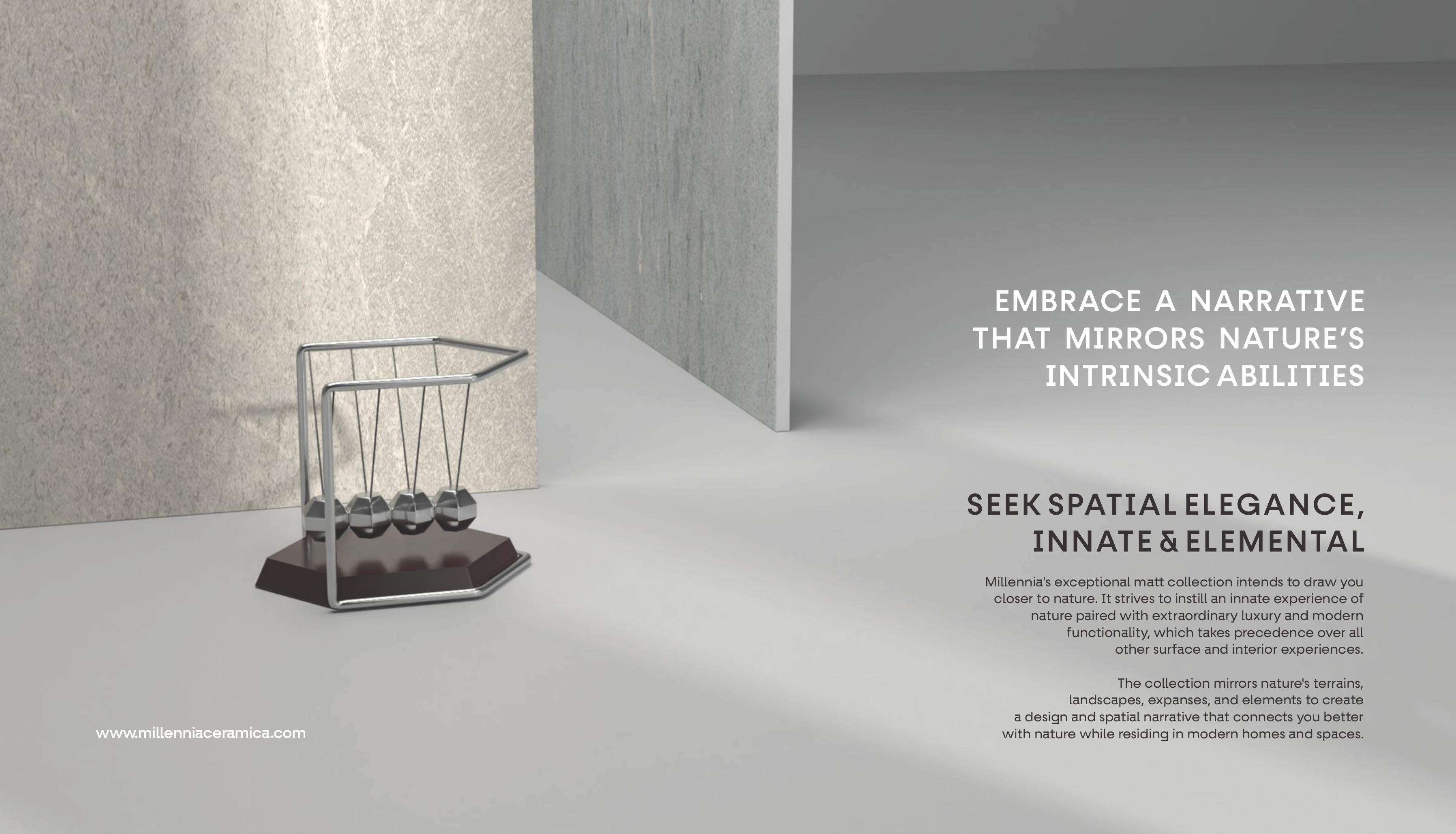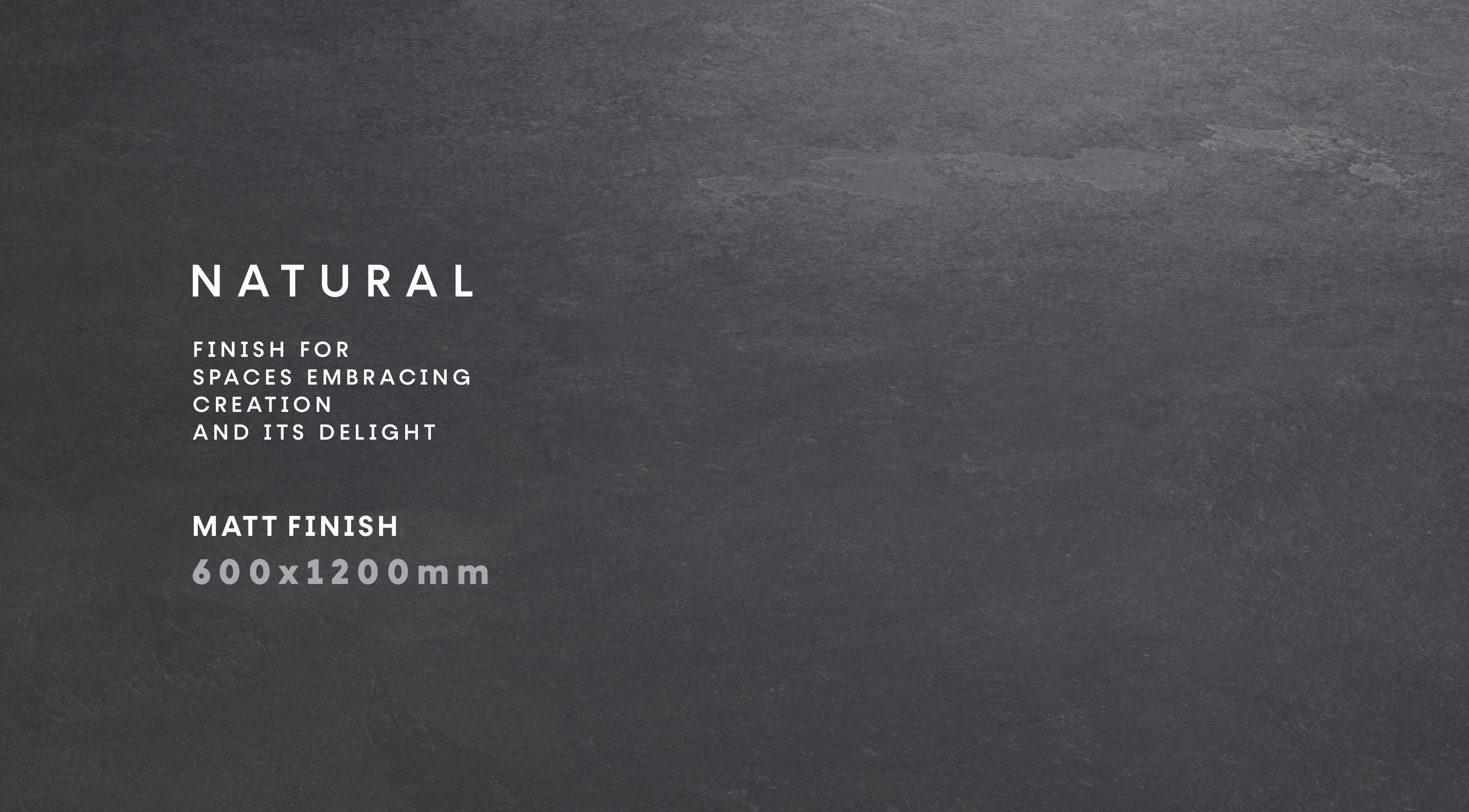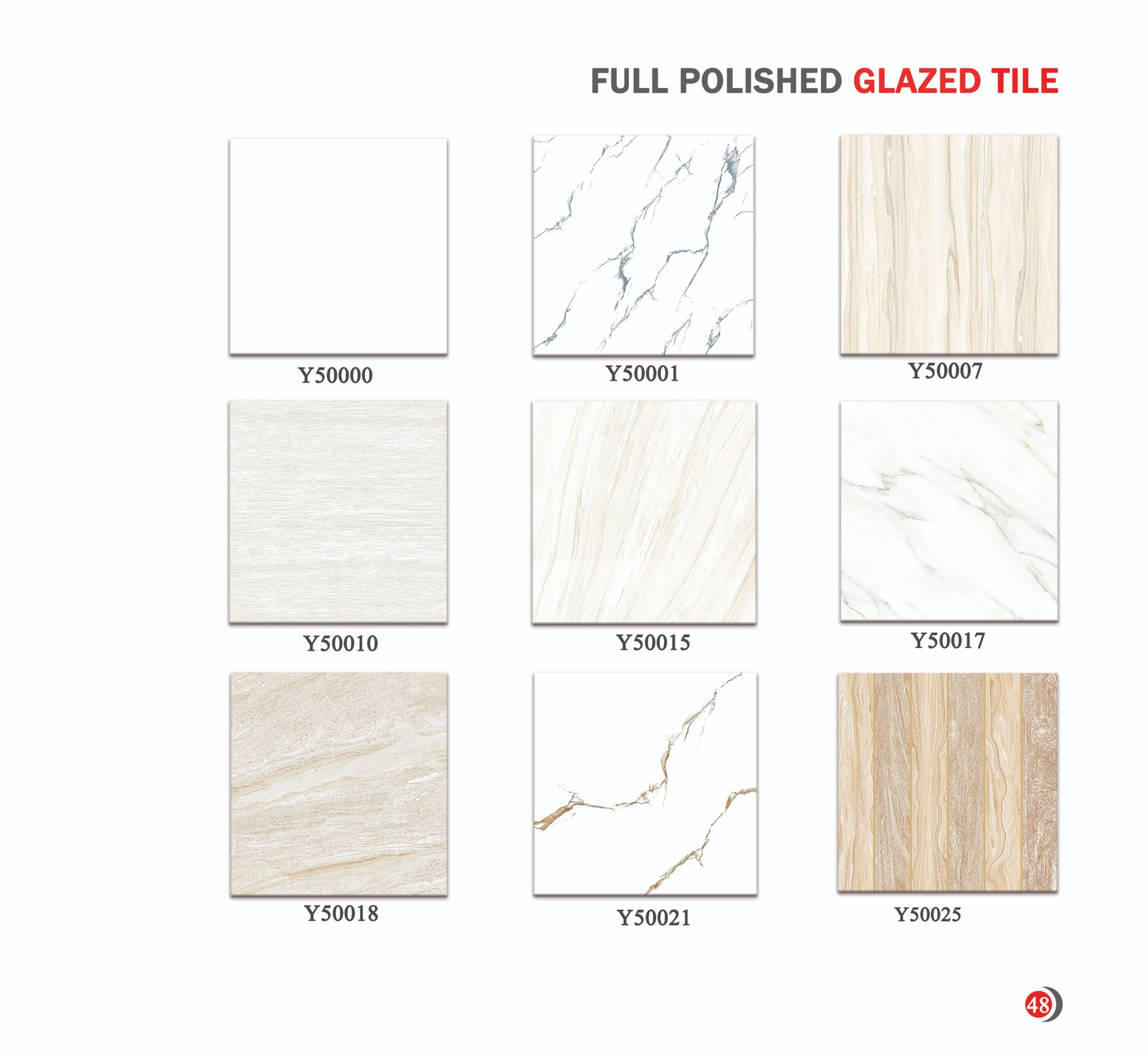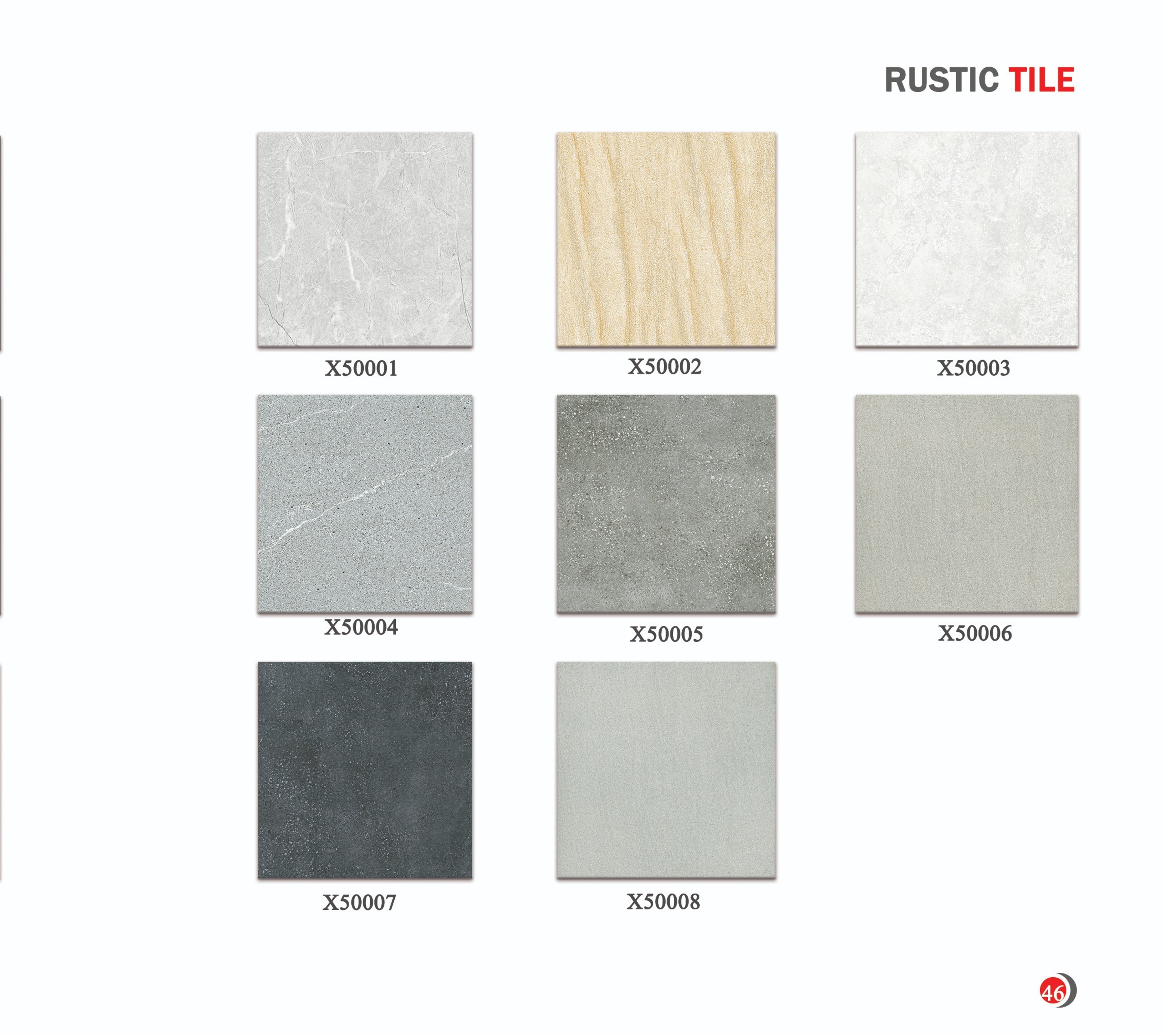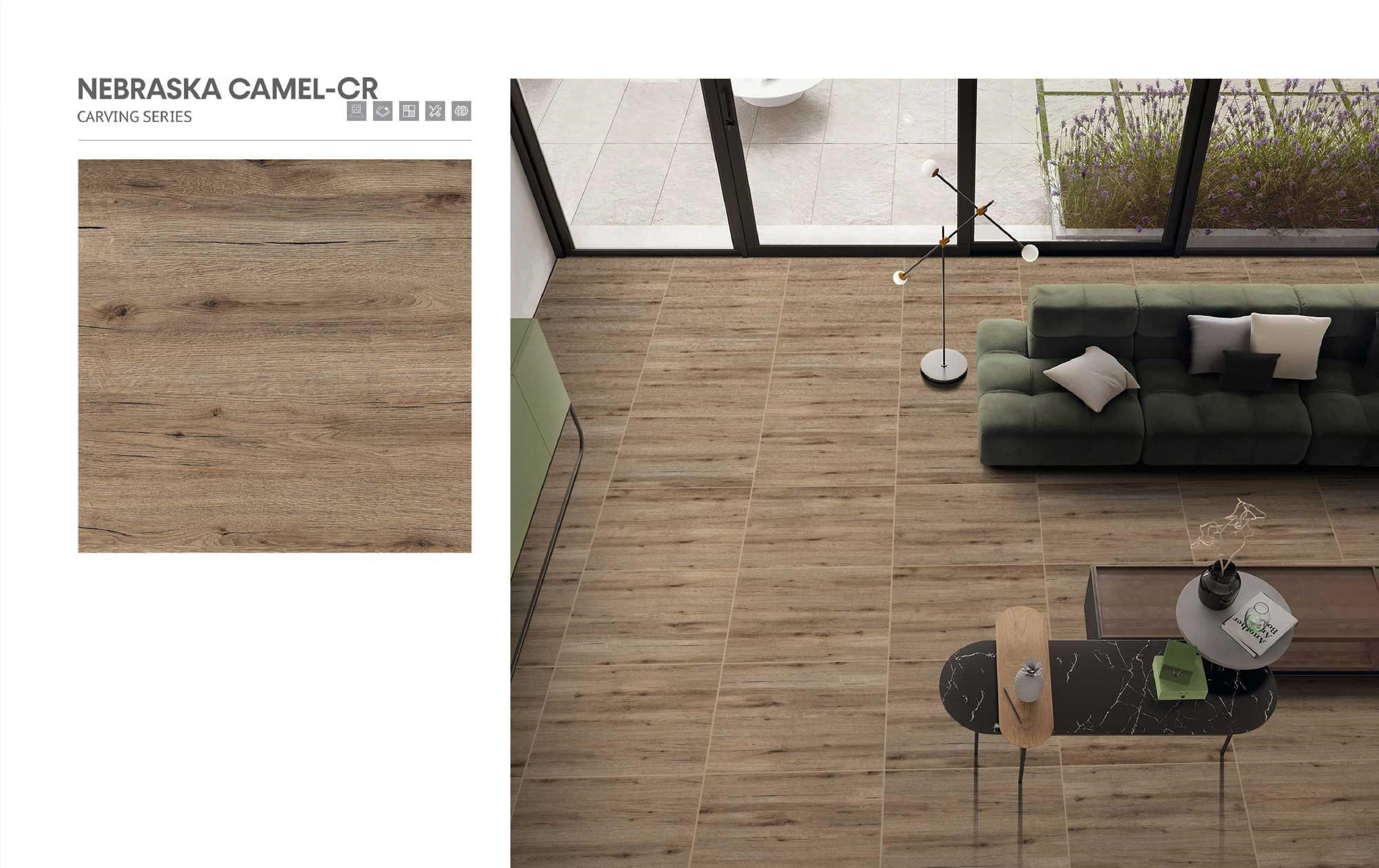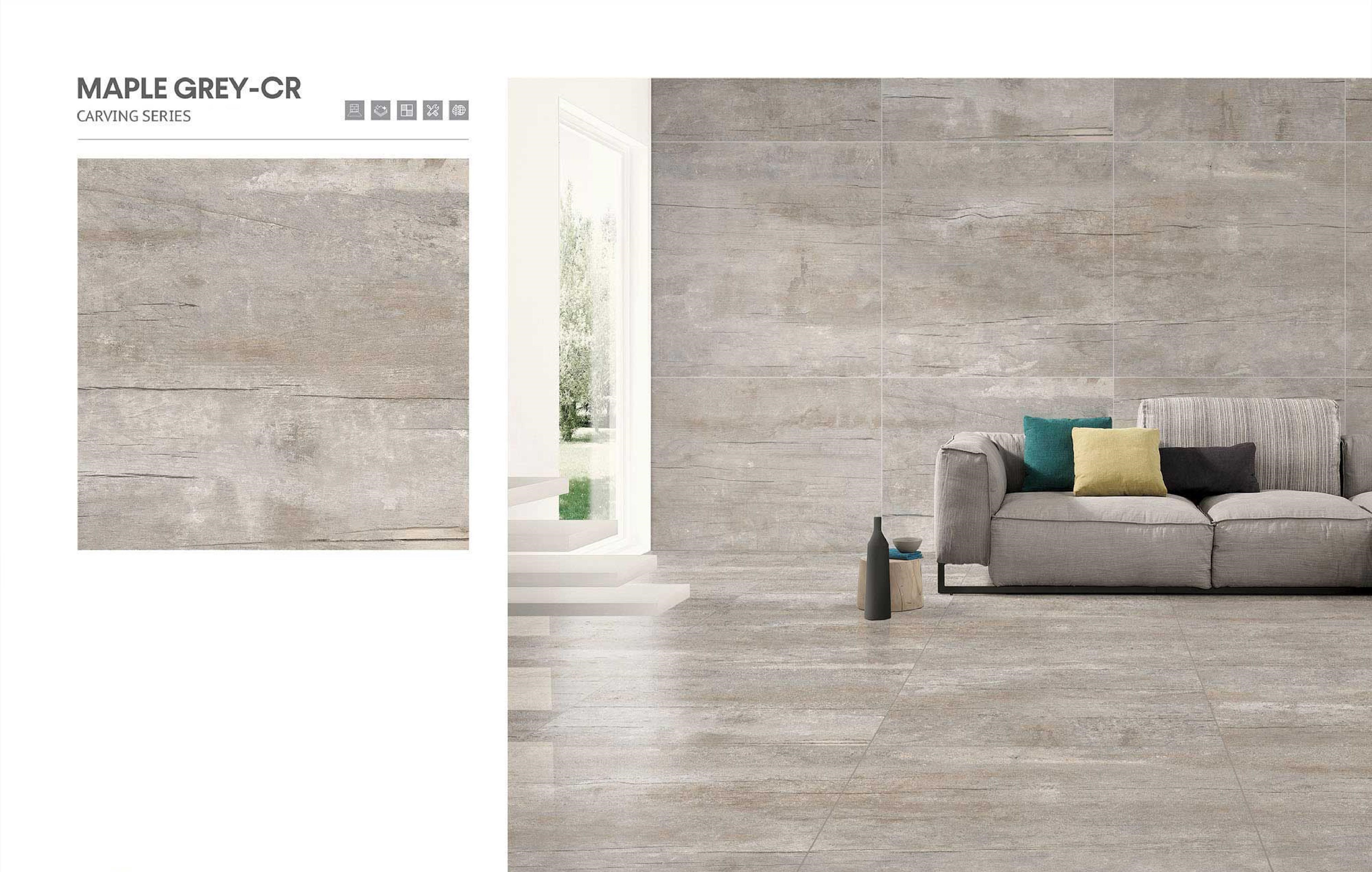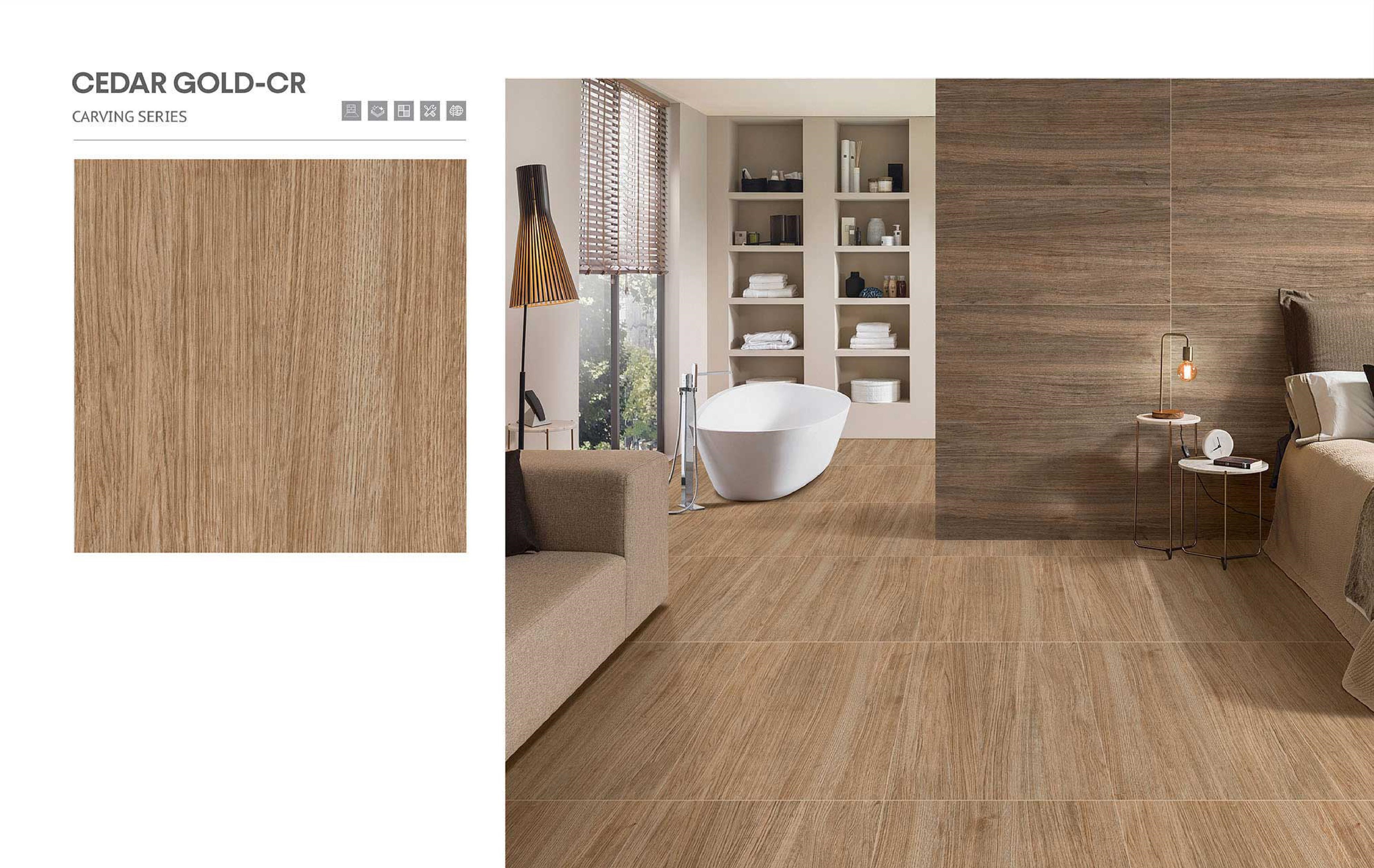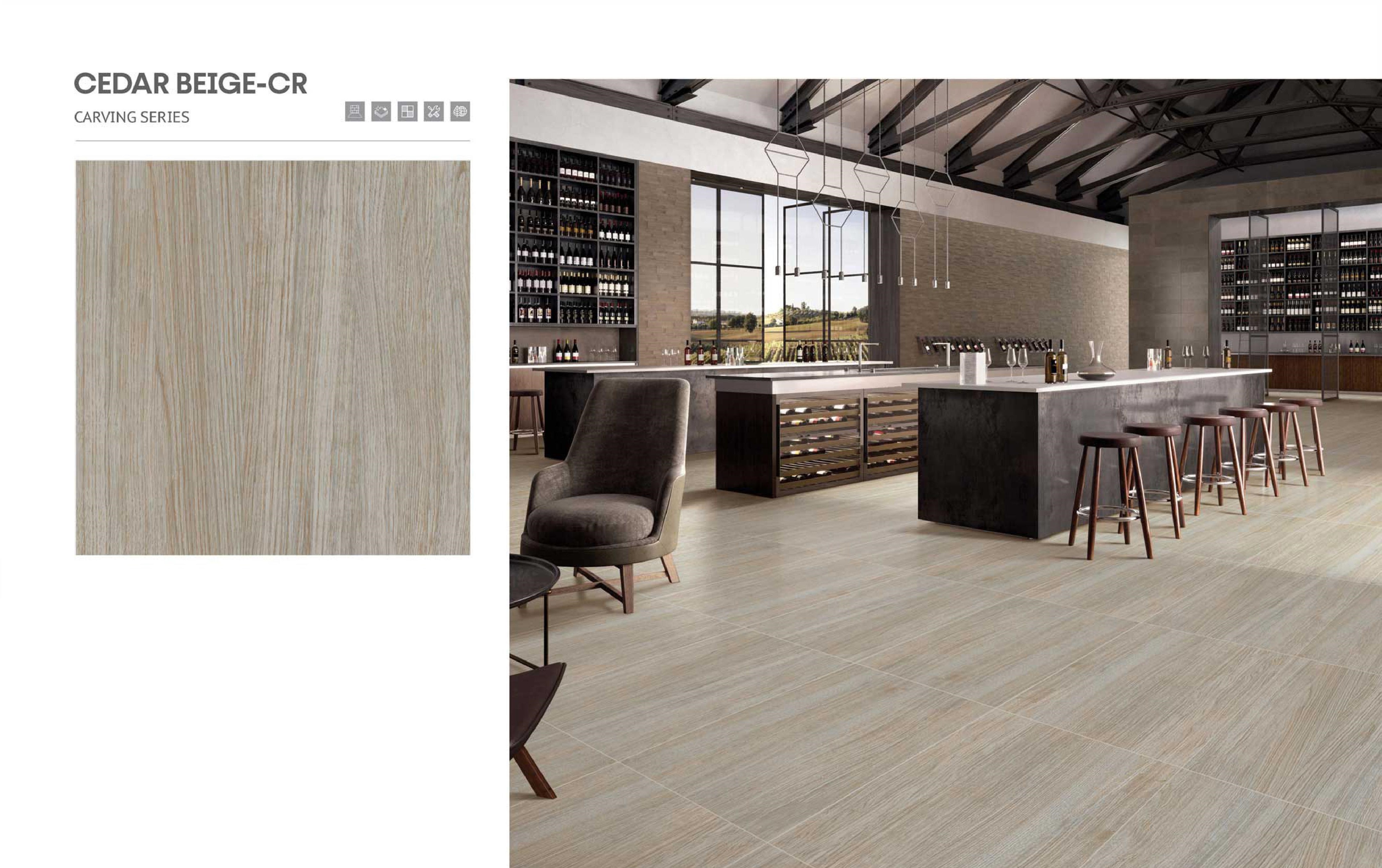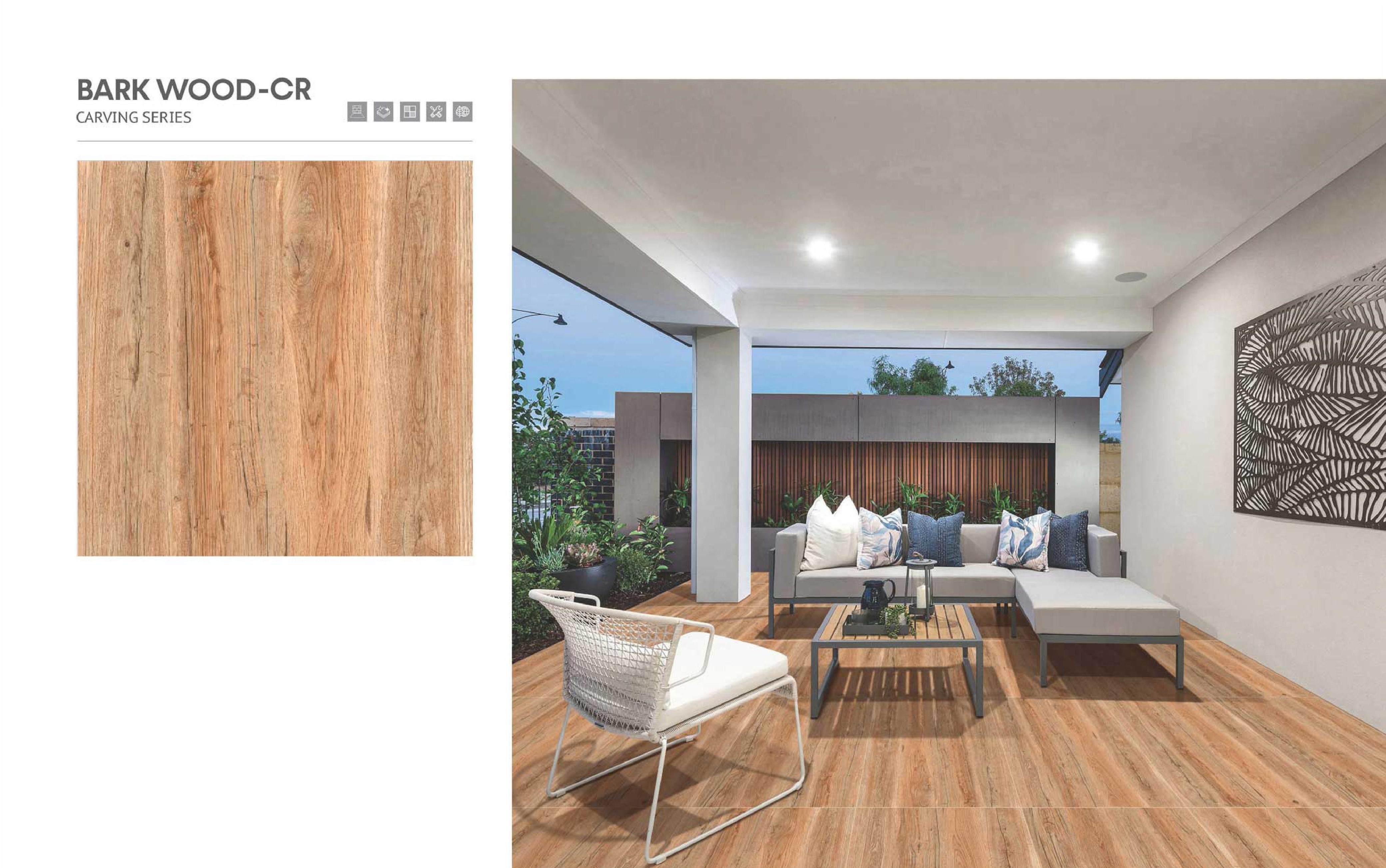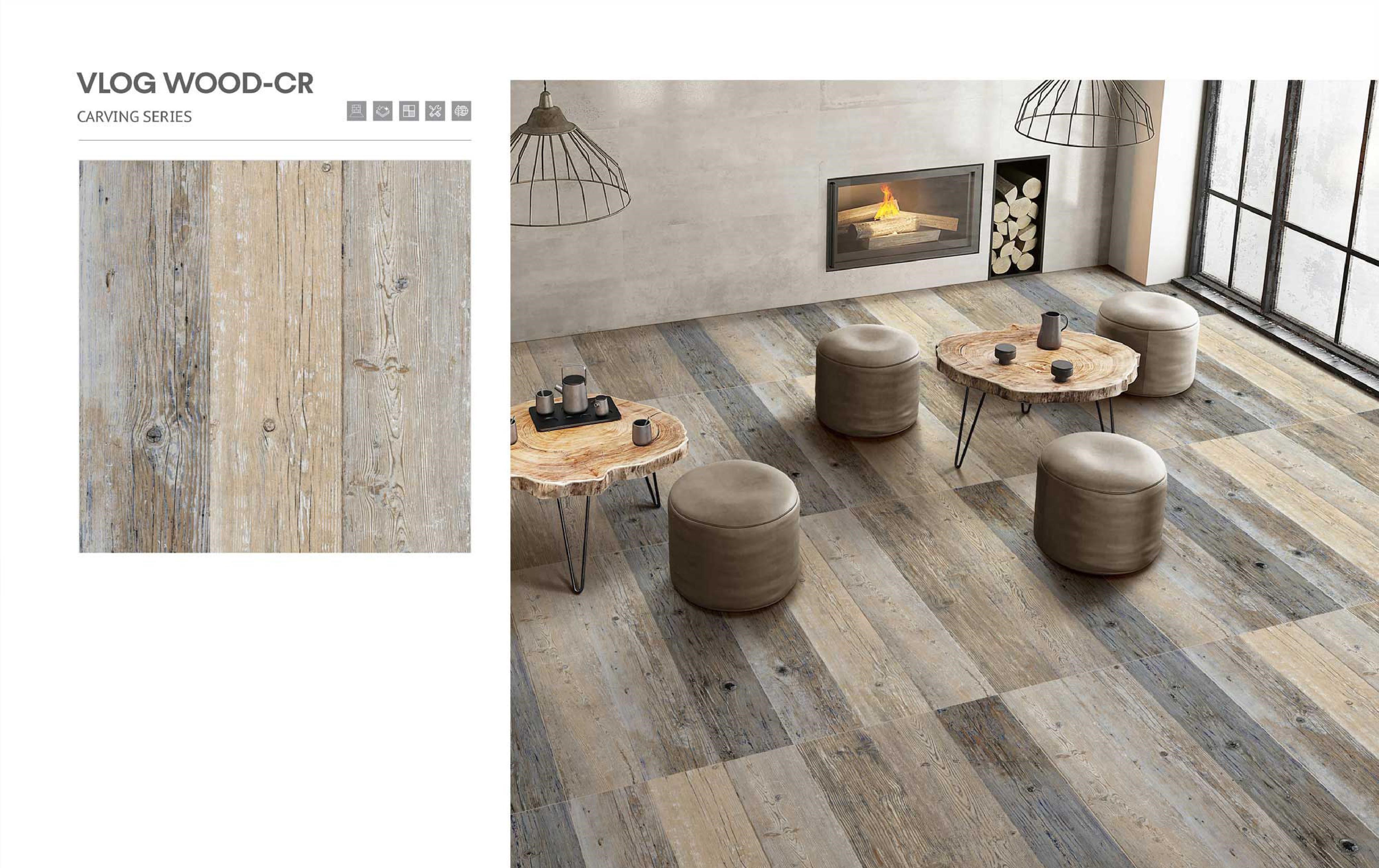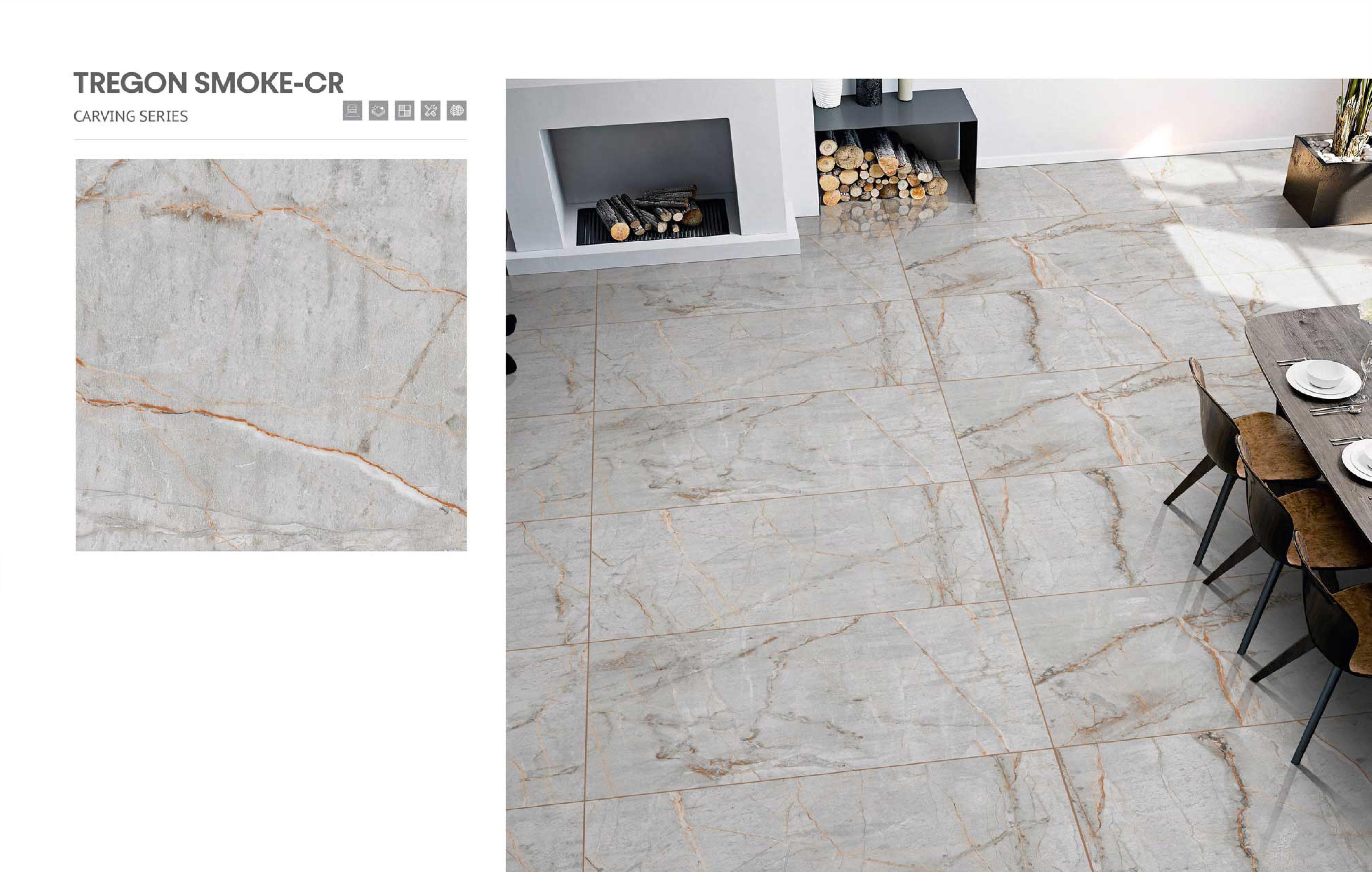Matt finish tiles, also known as matte finish tiles, have a surface that is non-reflective and lacks the glossy sheen typically associated with polished tiles. Instead of a shiny surface, they offer a more subdued and understated appearance, which can create a sense of warmth and sophistication in a space.Here's a breakdown of their characteristics:Texture: Matt finish tiles have a smooth texture, but they lack the reflective properties of glossy tiles. This texture can vary depending on the type of material used, such as ceramic, porcelain, or natural stone.Appearance: The lack of shine gives matt finish tiles a muted, understated look. They often have a soft, velvety appearance that adds a touch of elegance to any room. This makes them particularly suitable for spaces where a more subdued aesthetic is desired.
Matt finish tiles, also known as matte finish tiles, have a surface that is non-reflective and lacks the glossy sheen typically associated with polished tiles. Instead of a shiny surface, they offer a more subdued and understated appearance, which can create a sense of warmth and sophistication in a space.Here's a breakdown of their characteristics:Texture: Matt finish tiles have a smooth texture, but they lack the reflective properties of glossy tiles. This texture can vary depending on the type of material used, such as ceramic, porcelain, or natural stone.Appearance: The lack of shine gives matt finish tiles a muted, understated look. They often have a soft, velvety appearance that adds a touch of elegance to any room. This makes them particularly suitable for spaces where a more subdued aesthetic is desired.
Matt finish tiles, also known as matte finish tiles, have a surface that is non-reflective and lacks the glossy sheen typically associated with polished tiles. Instead of a shiny surface, they offer a more subdued and understated appearance, which can create a sense of warmth and sophistication in a space.Here's a breakdown of their characteristics:Texture: Matt finish tiles have a smooth texture, but they lack the reflective properties of glossy tiles. This texture can vary depending on the type of material used, such as ceramic, porcelain, or natural stone.Appearance: The lack of shine gives matt finish tiles a muted, understated look. They often have a soft, velvety appearance that adds a touch of elegance to any room. This makes them particularly suitable for spaces where a more subdued aesthetic is desired.
Carving tiles involves the intricate process of etching designs, patterns, or imagery onto the surface of tiles. These designs can range from simple geometric shapes to elaborate scenes or motifs inspired by various cultures, nature, or artistic movements.The process typically begins with selecting the type of tile material, which can include ceramic, stone, or even wood. Once the material is chosen, the design is carefully planned out either by hand or through digital means. This design is then transferred onto the surface of the tile using various techniques such as tracing, stenciling, or directly drawing onto the tile.
Carving tiles involves the intricate process of etching designs, patterns, or imagery onto the surface of tiles. These designs can range from simple geometric shapes to elaborate scenes or motifs inspired by various cultures, nature, or artistic movements.The process typically begins with selecting the type of tile material, which can include ceramic, stone, or even wood. Once the material is chosen, the design is carefully planned out either by hand or through digital means. This design is then transferred onto the surface of the tile using various techniques such as tracing, stenciling, or directly drawing onto the tile.
Carving tiles involves the intricate process of etching designs, patterns, or imagery onto the surface of tiles. These designs can range from simple geometric shapes to elaborate scenes or motifs inspired by various cultures, nature, or artistic movements.The process typically begins with selecting the type of tile material, which can include ceramic, stone, or even wood. Once the material is chosen, the design is carefully planned out either by hand or through digital means. This design is then transferred onto the surface of the tile using various techniques such as tracing, stenciling, or directly drawing onto the tile.
Carving tiles involves the intricate process of etching designs, patterns, or imagery onto the surface of tiles. These designs can range from simple geometric shapes to elaborate scenes or motifs inspired by various cultures, nature, or artistic movements.The process typically begins with selecting the type of tile material, which can include ceramic, stone, or even wood. Once the material is chosen, the design is carefully planned out either by hand or through digital means. This design is then transferred onto the surface of the tile using various techniques such as tracing, stenciling, or directly drawing onto the tile.
Carving tiles involves the intricate process of etching designs, patterns, or imagery onto the surface of tiles. These designs can range from simple geometric shapes to elaborate scenes or motifs inspired by various cultures, nature, or artistic movements.The process typically begins with selecting the type of tile material, which can include ceramic, stone, or even wood. Once the material is chosen, the design is carefully planned out either by hand or through digital means. This design is then transferred onto the surface of the tile using various techniques such as tracing, stenciling, or directly drawing onto the tile.
Carving tiles involves the intricate process of etching designs, patterns, or imagery onto the surface of tiles. These designs can range from simple geometric shapes to elaborate scenes or motifs inspired by various cultures, nature, or artistic movements.The process typically begins with selecting the type of tile material, which can include ceramic, stone, or even wood. Once the material is chosen, the design is carefully planned out either by hand or through digital means. This design is then transferred onto the surface of the tile using various techniques such as tracing, stenciling, or directly drawing onto the tile.
Carving tiles involves the intricate process of etching designs, patterns, or imagery onto the surface of tiles. These designs can range from simple geometric shapes to elaborate scenes or motifs inspired by various cultures, nature, or artistic movements.The process typically begins with selecting the type of tile material, which can include ceramic, stone, or even wood. Once the material is chosen, the design is carefully planned out either by hand or through digital means. This design is then transferred onto the surface of the tile using various techniques such as tracing, stenciling, or directly drawing onto the tile.
Carving tiles involves the intricate process of etching designs, patterns, or imagery onto the surface of tiles. These designs can range from simple geometric shapes to elaborate scenes or motifs inspired by various cultures, nature, or artistic movements.The process typically begins with selecting the type of tile material, which can include ceramic, stone, or even wood. Once the material is chosen, the design is carefully planned out either by hand or through digital means. This design is then transferred onto the surface of the tile using various techniques such as tracing, stenciling, or directly drawing onto the tile.
Carving tiles involves the intricate process of etching designs, patterns, or imagery onto the surface of tiles. These designs can range from simple geometric shapes to elaborate scenes or motifs inspired by various cultures, nature, or artistic movements.The process typically begins with selecting the type of tile material, which can include ceramic, stone, or even wood. Once the material is chosen, the design is carefully planned out either by hand or through digital means. This design is then transferred onto the surface of the tile using various techniques such as tracing, stenciling, or directly drawing onto the tile.

